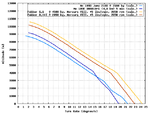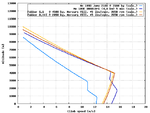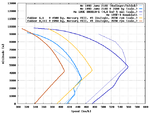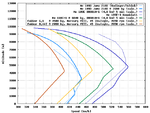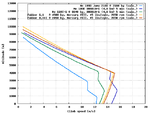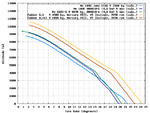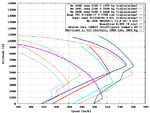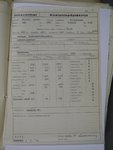- Thread starter
- #61
05.12h: 240, 218 and 244 escorted 2 C.V's to Arnhem. They encountered heavy Flak. 244 damaged a German reconnaissance a/c. The patrol landed at 06.05h. 218 was lost during landing, the pilot, sgt Steensma was transported to the hospital.
05.29: 221, 212 and 236 flew to Ruigenhoek. They arrived there without meeting resistance. They escorted 4 C.V's to Delft, where they bombed German paratroopers.
219 which had remained on De Kooij flew to Buiksloot, landing there at 07.40h.
10.05h: 221, 219, 235, 240 and 244 flew to Ruigenhoek. 240 got engine problems there and could only return to Buiksloot, late in the afternoon.
16.16h 212, 224, 219, 235, 221 and 244 escorted 4 C.X to Waalhaven (Rotterdam), to bomb it. The D.XXI's also attacked ground targets.
17.00h 240 escorted T.V 856 to the Afsluitdijk, the dam in the IJjselmeer (former Zuiderzee). They were forced to return by many German a/c.
After this, only 7 D.XXI's were still able to fight, 219, 224, 235, 236, 240, 242 and 244. 212 and 221 had to be repaired. 231 was still on Texel and was not used.
05.29: 221, 212 and 236 flew to Ruigenhoek. They arrived there without meeting resistance. They escorted 4 C.V's to Delft, where they bombed German paratroopers.
219 which had remained on De Kooij flew to Buiksloot, landing there at 07.40h.
10.05h: 221, 219, 235, 240 and 244 flew to Ruigenhoek. 240 got engine problems there and could only return to Buiksloot, late in the afternoon.
16.16h 212, 224, 219, 235, 221 and 244 escorted 4 C.X to Waalhaven (Rotterdam), to bomb it. The D.XXI's also attacked ground targets.
17.00h 240 escorted T.V 856 to the Afsluitdijk, the dam in the IJjselmeer (former Zuiderzee). They were forced to return by many German a/c.
After this, only 7 D.XXI's were still able to fight, 219, 224, 235, 236, 240, 242 and 244. 212 and 221 had to be repaired. 231 was still on Texel and was not used.




